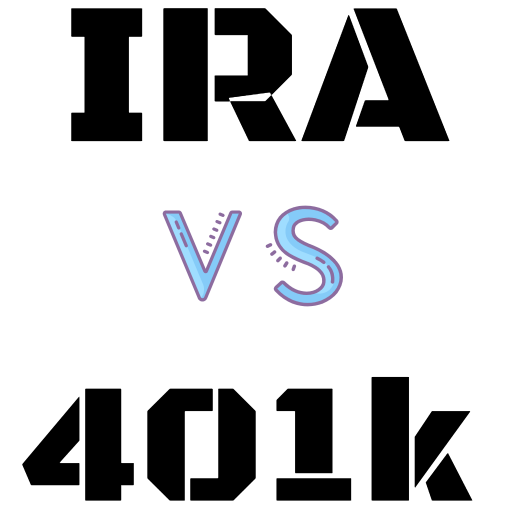
“Tell me and I forget, teach me and I remember, involve me and I learn.” – Benjamin Franklin
The goal of this column is to involve readers and help them learn simple ways to gain financial security.
While there is an abundance of information offering sound financial advice, many readers may be overcome with the complexities of this information. My goal is to reduce these complexities by identifying actionable tasks for readers to conduct each month that will, over time, give them the confidence to make the best short and long-term financial decisions.
This month we focus on the most important first step to achieving financial security, which is to create a savings plan.
During December, we suggest that readers identify their income sources and expense obligations for November. Starting with a monthly analysis is quite simple and can be used later to help create an annual budget.
A first step includes tallying sources of income on the left side and expenses on the right side of a piece of paper or spreadsheet. The difference between the income and expenses will identify the excess amounts available each month to help meet longer-term goals.
The next step is to identify where excess monies should be placed from a practical and tactical standpoint. The list below suggests an order of priority for various “buckets” and advice on amounts to consider:
- Emergency savings — Three to six months’ salary should be placed in a savings account with a bank or brokerage firm. The easiest way to boost this balance is to automatically transfer an amount each month or with each pay.
- Debt repayment — Pay the minimum amount on each outstanding debt and then use excess savings to pay more on the debt each month that carries the highest interest rate. If the interest rate being charged is higher than the rate of a savings account (currently paying almost zero percent) pay down all debt as soon as possible.
- Retirement — Make sure that the amounts withheld from pay and going into the company retirement plan are at least the minimum amount to get the match offered by the employer. For example, many employers match a percentage of your contribution up to a maximum amount. Visit the retirement plan’s website to confirm the current amount being withheld versus the company’s offer. It is free money.
- IRA — funding a Roth or traditional IRA is another option to allow for tax-free growth towards retirement. This is the best vehicle for those who do not have access to an employer-sponsored plan. In addition, if you participate in your employer’s plan, there are advantages to establishing IRAs, too. All brokerage firms offer easy online applications, and deposits can be made directly from your checking account.
- College — savings for college should be the last use of excess monies. Consider establishing a 529 Plan, which allows for tax-deferred growth — like an IRA. The funding of college savings should not be considered more important than the four buckets identified above.
Once the monthly budget is established, it will be easier to make a longer-term budget.
Not having a plan is not a plan and implementing the actions identified above is a great first step.
Next month: How much money should I save for retirement? What type of plan should I use and how should I invest?
Beth Stegner Peabody is CEO of Stegner Investment Associates, Inc., and a graduate of Sacred Heart Academy. Read her introductory story here.
